
|
|
|
|
|
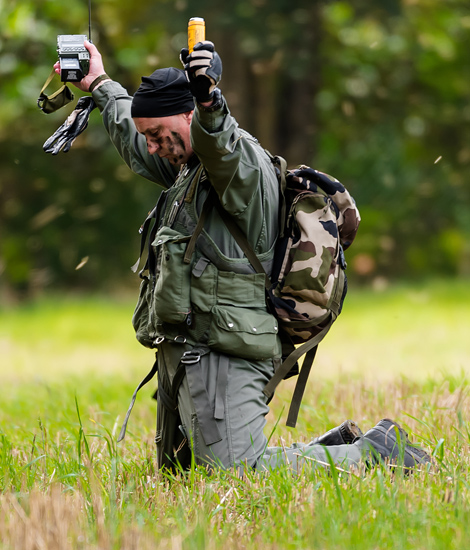
|
The Need for Personnel Recovery; Florennes, October 2, 2014
The CJPRSC 2014, part 1; Text and Photograph's by Alex van Noye
On the Belgian Airbase of Florennes, the annual Combined Joint Personnel Recovery & Standardization Course (CJSPRC) was held from September 24 until October 12. CJSPRC is annually organized by the European Air Group (EAG), to train air and ground crews in Combat Search And Rescue (CSAR) and Personal Recovery (PR).
The Director of the European Air Group (EAG) is the Air Chief Marshal Sir Andrew Pulford from the United Kingdom. Pulford is now director of the EAG for approximately one year. He carries out his duties with great pleasure and a lot of dedication. Pulford said the tasks which the CSAR units are executing are the icing on the cake when it comes to tactical deployment. It is over 70 years since the RAF fought the German opponent during World War II when they found out that not only military equipment is needed to win a war. There was a great lack of trained pilots to fly the large fleet of aircraft. Personnel recovery was in those days still immature, but the importance of saving people became soon painfully obvious. The common way of warfare by some parties in the world is nowadays inhuman. It is unthinkable that NATO personnel will be captured by these parties like during the battle against IS in the Middle East. The need to have a solid international CSAR fleet has never been as large as nowadays. The goals are clear according to Pulford and the ambition to add elements to the course is getting stronger every year. Pulford gives his thanks to the Belgian Major General Claude van de Voorde who is the commander of the Belgian Air Component which hosts the exercise at Florennes in Belgium.
According to Major General Claude van de Voorde is not only important to indicate the importance of the CJPRSC (Combined Joint Personnel Recovery Standardization Course), but also the importance of the training activities. Recovery flights will be trained in a realistic scenario according to van de Voorde. After 2007 and 2008, it is the third time the CJPRSC is held at Florennes. It will also be the last time the exercise will be held in the present composition, because training will next year be transferred to the European Personnel Recovery Center (EPRC). The course has grown in numbers and it is according to van de Voorde an increasingly important course in a unique composition in Europe since 2007. Only 60 men participated in the training in
|
|
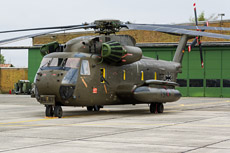
|
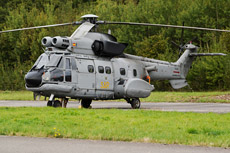
|
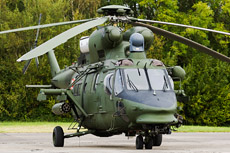
|
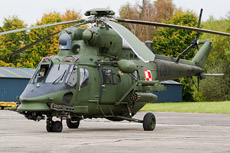
|
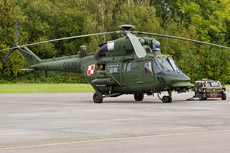
|
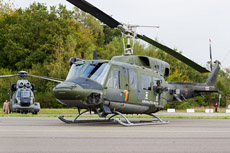
|
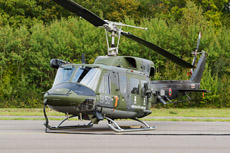
|
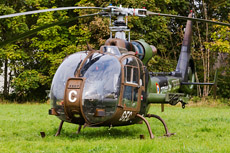
|
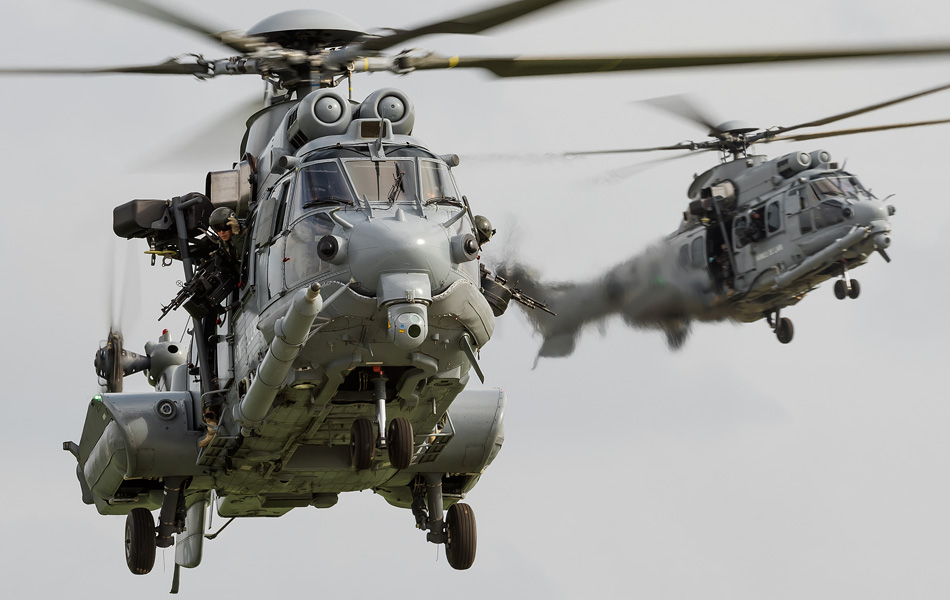
|
2007; this numbers is now in 2014 increased to 23 helicopters and planes and 400 men. These numbers indicate the training has grown and significant progress has been made. The participating units have all different backgrounds. Several fixed wing and rotary wing aircraft, extraction units, intell and FARP specialists participated in the training. These units are not only present to simply maintain an international standard offensive exercise. They are here to train several evacuation techniques, tactics and procedures with each other. The training has a very tactical scope and the participants are forced to work inter-operational together. The exercise is held in an international context; the language on its own is already a challenge for the participants.
Major Uwe Schleiber of the German Luftwaffe is involved in the training activities since the beginning of the course in 2007. Schleiber is responsible for the exchange of knowledge. The history of the CJPRSC started in 1996, before that moment it was not possible to train in an organization such as the CJPRSC. The Helsinki Goals were established in 1999 and the need of defined CSAR operations was visualized. The EAG (European Air Group), took over the training in 2002 and the process of standardizing procedures and co-operation was realized. The training was set up initially as a number of individual exercises which were recorded in a continuous improvement flow. The current course goal was to create input for a future European rescue organization. The CSAR action plan which was defined in 2002 contained electronic equipment for isolated personnel, rescue facets, CSAR training for isolated personnel, multinational CSAR exercises and training for C2 personnel. From 2006, the initial discussions with the TLP (Tactical Leadership Program) were conducted to establish a CSAR program. In 2007 and 2008, this resulted in the CJPRSC which was executed parallel with the TLP program at Florennes once per year. In 2009 and in 2010, the training was held at Cazaux in France and in Lechfeld in Germany. The course was held at Albacete in Spain in 2011 and in 2012 at Holzdorf in Germany. In 2013 it was again Cazaux in France which organized the CJPRSC.
The lessons which are learned during the CJPRSC are mainly educated in a multinational learning environment. It is especially communicating with other parties which are one of the key lessons which are learned. Important lessons are learned during the integration with various parties such as helicopter units, fighter units and ground forces which are not visible during individual missions. During the course it is clearly visible that the mutual understanding increases with the various parties. These lessons which are learned are worth a lot for future deployment. Usually everyone is on the background during the first missions, especially the ground forces. After the second mission, the parties grow more to each other as people learn to understand how the other side thinks and acts to come to success. Cohesive teams are created in this way in a short time which is crucial to successfully complete a CSAR mission. Flying night missions is also a very important part of the mission. During the dark hours missions are still handled slightly different than during the day light period. Flying night missions does have its limitations by various peacetime constraints related to for example noise limitations. Therefore, there is a continuous risk that such missions are canceled. One of the most important lessons which are learned is to get to know each other's equipment. Not all helicopter types are suitable for all types of missions. Think about the size, capacity and performance of different types of helicopters. The output of the course is the principle of train the trainer. Techniques and tactics can be transferred to the own units in their own countries by the students. Also standardi- zation of procedures and guidelines is an important result of the course.
|
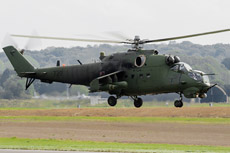
|
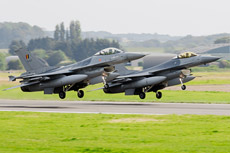
|
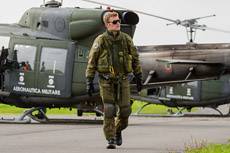
|
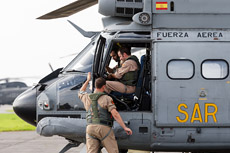
|
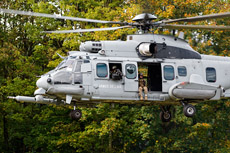
|
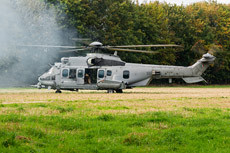
|
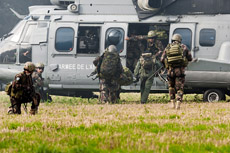
|
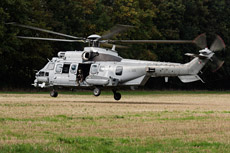
|
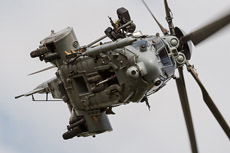
|
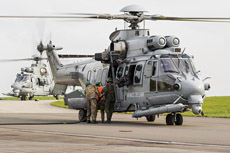
|
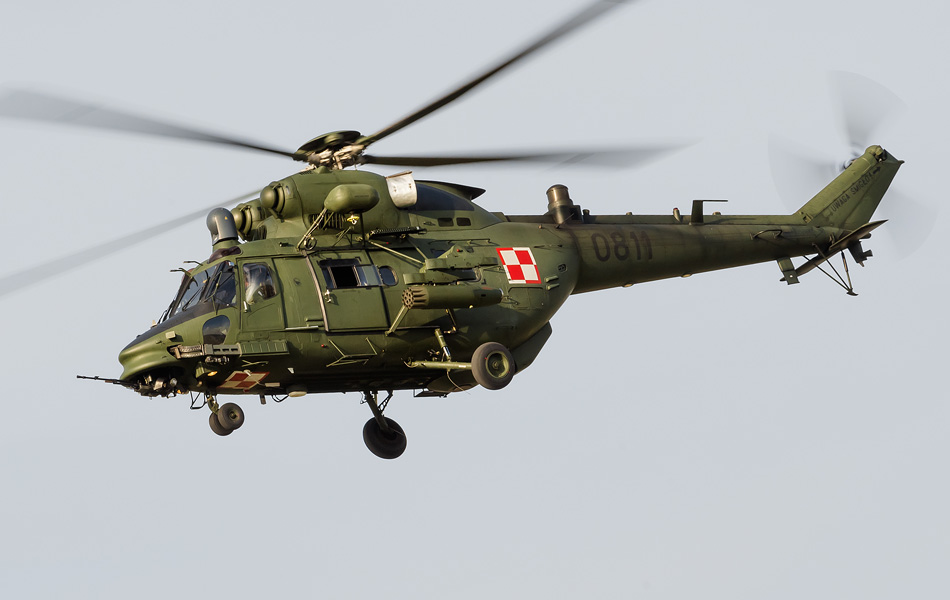
|
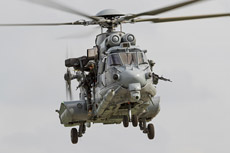
|
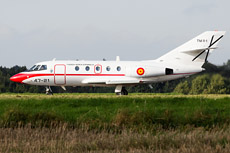
|
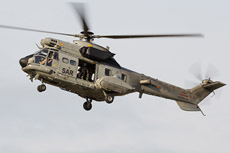
|
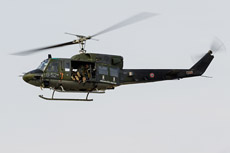
|
|
|

|







